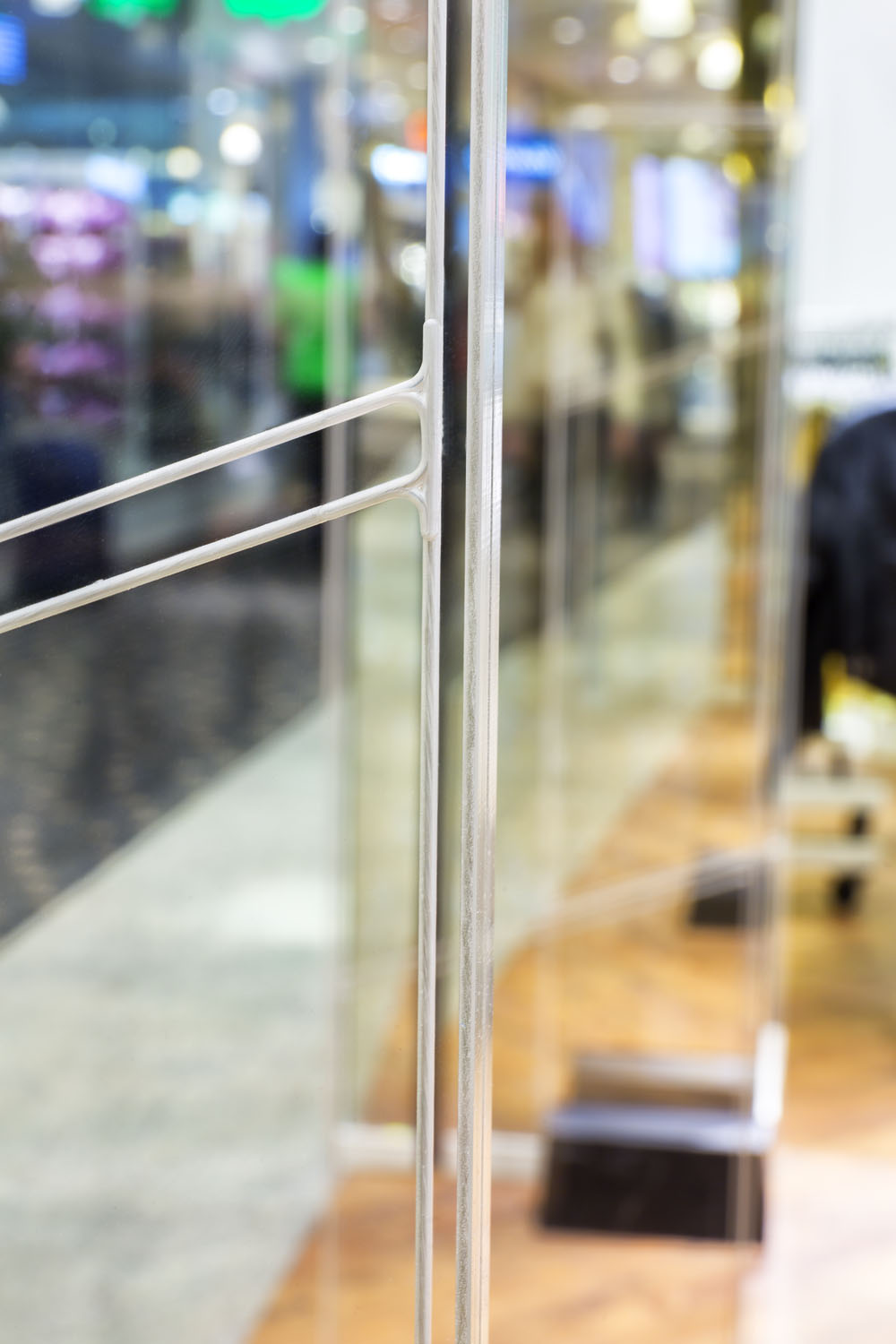In a retail landscape increasingly dominated by digital innovation and high-tech solutions, it’s easy to overlook tried-and-true technologies that continue to deliver reliable results. Among these are Radio Frequency (RF) and Acousto-Magnetic (AM) electronic article surveillance (EAS) systems, which have been staples in retail security for decades. Despite the emergence of newer technologies like RFID and AI-powered surveillance, RF and AM systems remain economical, scalable, and effective—especially for small to mid-sized retailers looking to combat theft and shrinkage.

Proven Track Record in Loss Prevention
RF and AM systems have been widely adopted by retailers globally for one main reason: they work. These systems are designed to detect security tags or labels attached to merchandise as it passes through detection gates at store exits. When an item hasn’t been properly deactivated or detached at checkout, an alarm is triggered.
- RF (Radio Frequency) systems operate at 8.2 MHz and are ideal for stores with wide entrances and lightweight products, such as clothing and books.
- AM (Acousto-Magnetic) systems, operating at 58 kHz, are more resistant to interference from metal and electronics, making them suitable for electronics, cosmetics, and hardware retailers.
Their simplicity and reliability make them an enduring first line of defense against shoplifting.
Cost-Effective Implementation
Compared to more modern loss prevention solutions like RFID, RF and AM systems are far more affordable to implement:
- Lower initial hardware and installation costs
- Inexpensive tags and labels
- Minimal training required for staff
This makes RF and AM technology especially appealing to independent retailers, convenience stores, and regional chains with tight operational budgets. The cost savings from reduced theft can often outweigh the system investment within months.

Easy Integration and Maintenance
One of the biggest advantages of RF and AM systems is how seamlessly they integrate into existing retail environments. The systems are modular and flexible, requiring no complex infrastructure or backend software. Additionally, maintenance is minimal, and parts are widely available, making ongoing operation smooth and predictable.
Retailers can also choose from a wide range of tag styles and sizes, from adhesive labels to hard tags with ink protection, ensuring product aesthetics and shelf appeal are preserved.
Scalability and Compatibility
As businesses grow, RF and AM systems can be easily scaled or reconfigured for larger footprints or additional entrances. Moreover, the widespread industry adoption of these technologies ensures a high level of compatibility with existing tags, detachers, and deactivation pads—helping retailers avoid vendor lock-in and keep operational costs low.
Complementary to Newer Technologies
RF and AM systems aren’t just stand-alone solutions—they can also complement newer technologies. For example, some retailers are combining traditional EAS systems with video analytics, POS integration, or even RFID tagging for high-value goods. This hybrid approach leverages the cost-efficiency of RF/AM with the granularity of modern tech to provide layered protection and operational insights.


